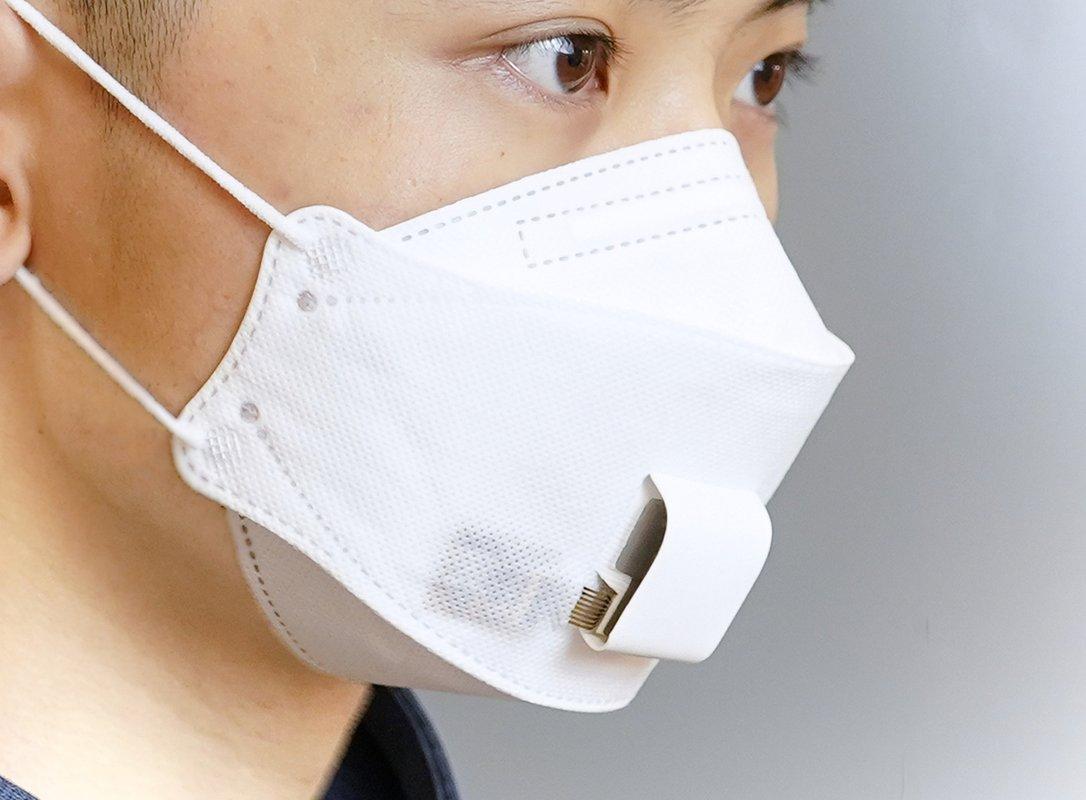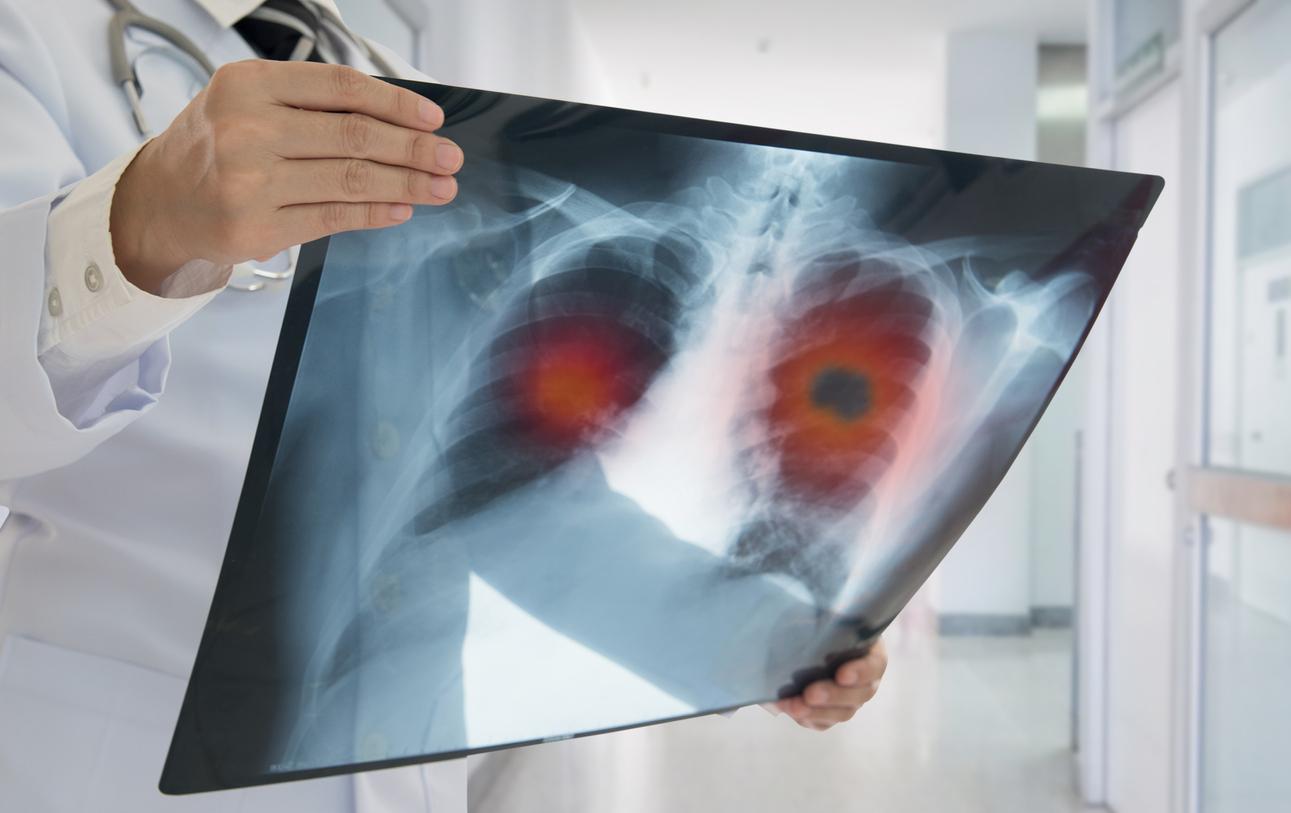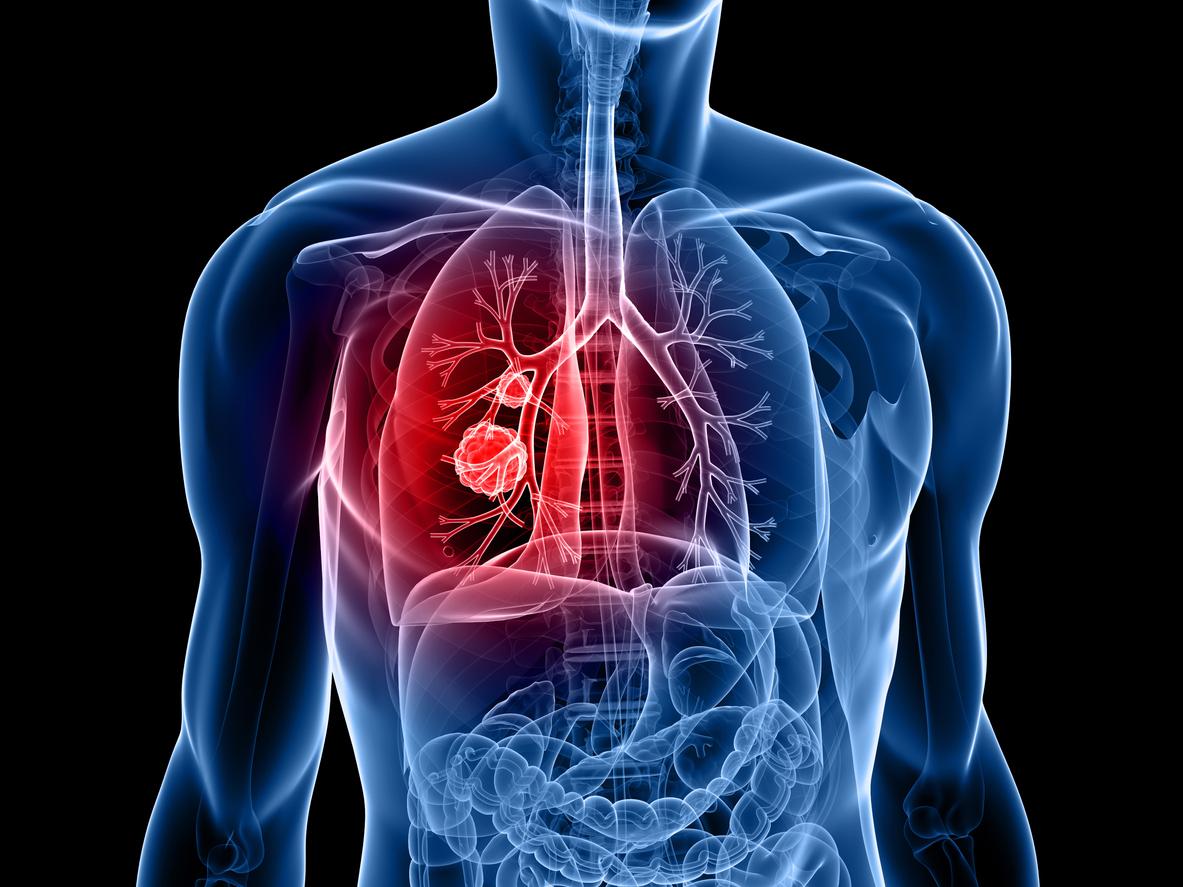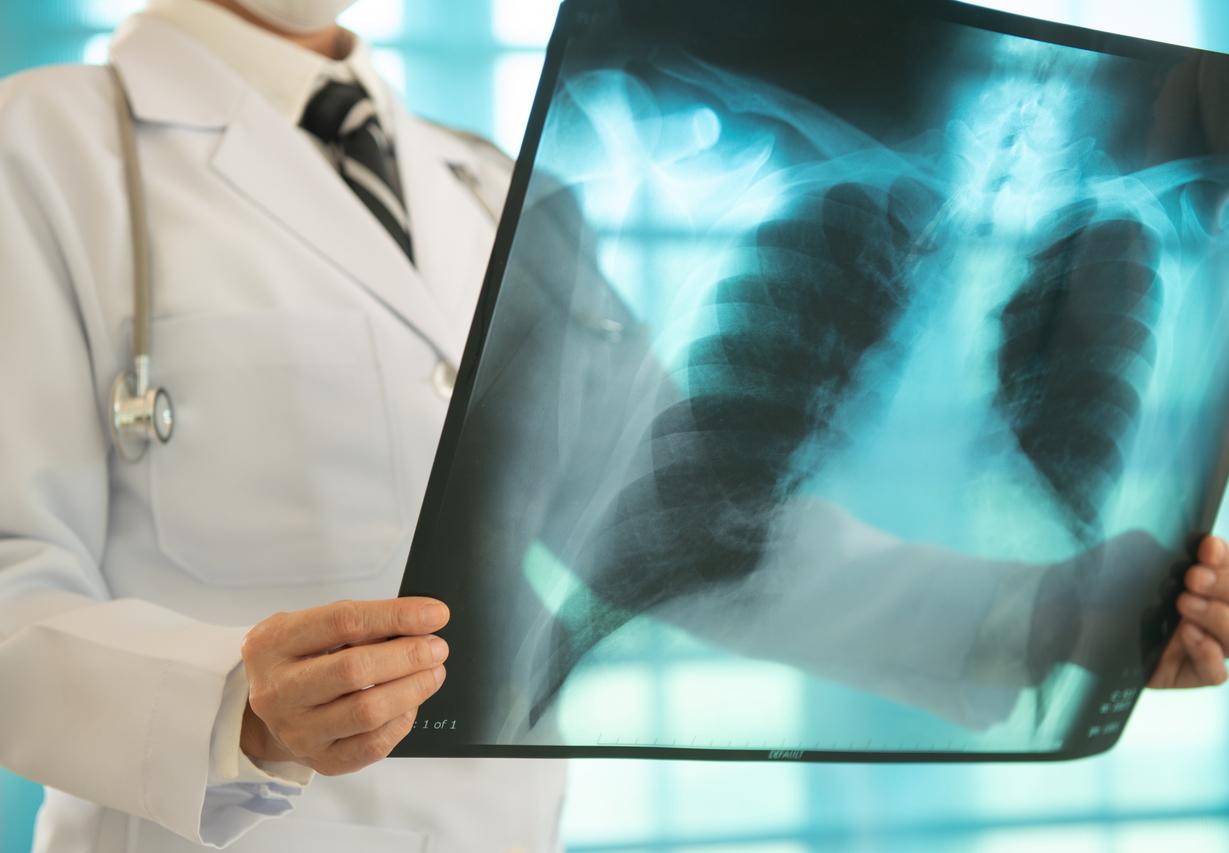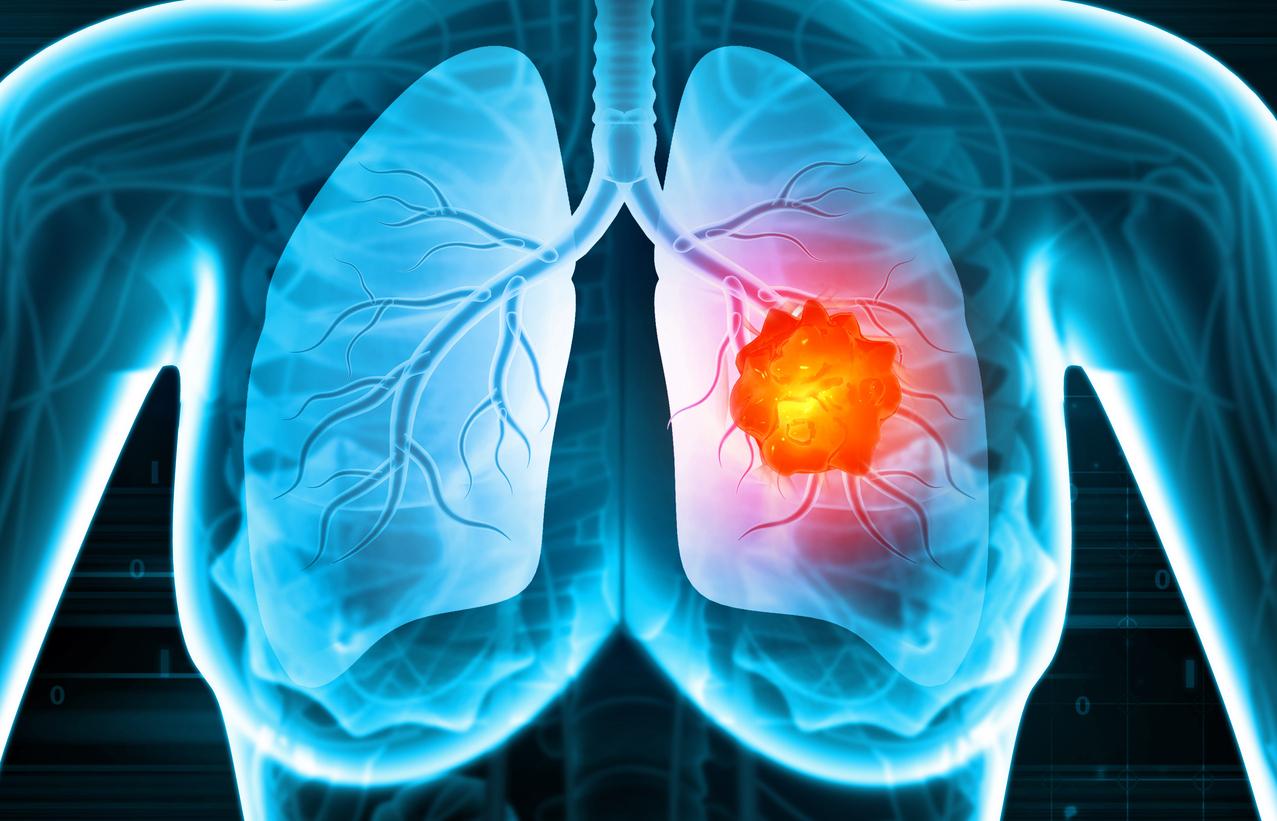On December 6, European scientists presented, in Lille, a prototype of an “electronic nose” which would be able to detect tumors in the bronchi of patients at an early stage using the smell of their breath.
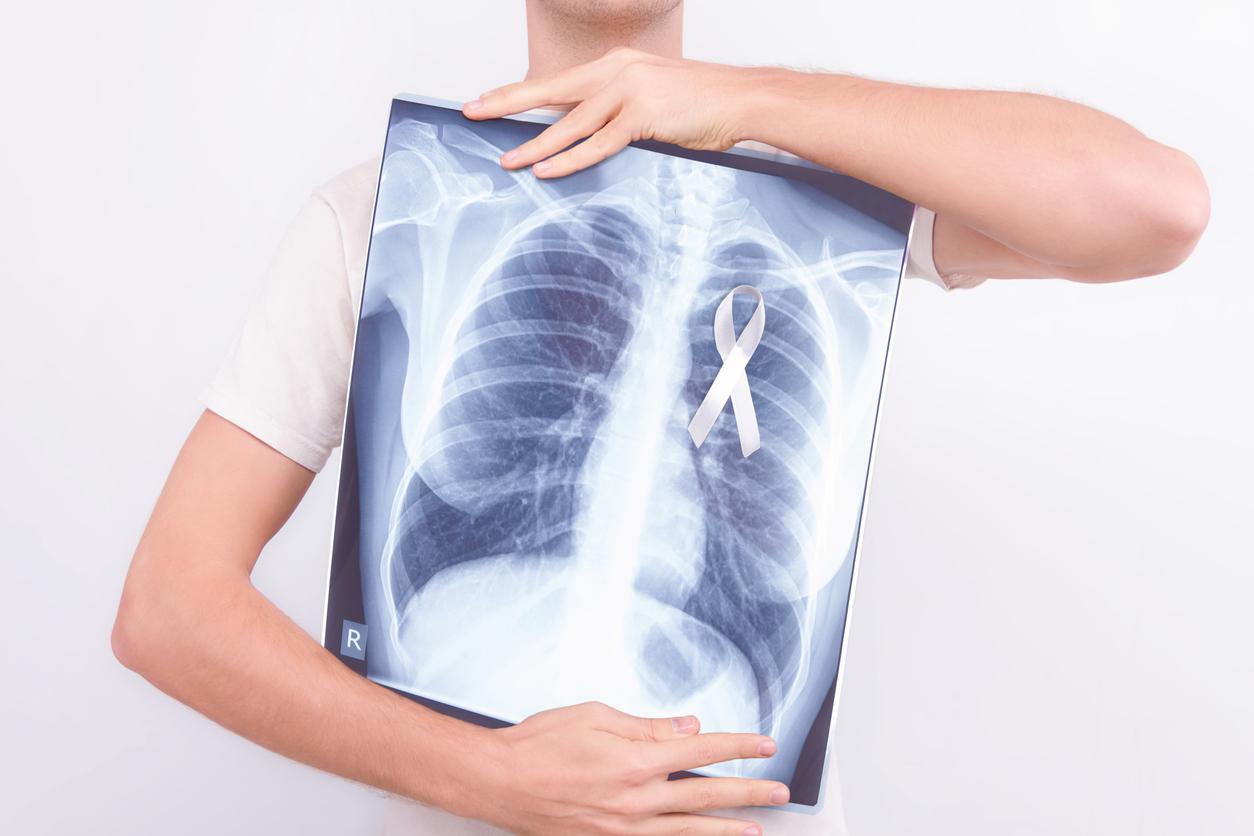
- In France, 46,363 new cases of bronchopulmonary cancers were recorded in 2018.
- Surgery, radiotherapy and drug treatments (conventional chemotherapy, targeted therapies, specific immunotherapies) are necessary to treat this tumour.
Pulmonary X-ray, blood test, CT scan of the chest… Several examinations are carried out to diagnose lung cancer, also called “bronchopulmonary cancer” or “bronchial cancer”. As a reminder, it is a pathology of the cells of the bronchi or more rarely, of the cells which line the pulmonary alveoli.
Recently, researchers from the European “Pathacov” project unveiled a prototype of an “electronic nose”, which would make it possible, within “a few years”, to detect cancer cells using the smell of breath. The device in question is transparent and is made up of sensors developed to detect volatile organic compounds (VOCs).
“When an organ becomes cancerous, the VOCs released change”
During a press conference at the Lille University Hospital, pulmonologist Régis Matran explained that all human cells release volatile organic compounds (VOCs), which form odors. According to The Parisianhe added that “when an organ became cancerous, the VOCs released changed” and “we then speak of the molecular signature of a disease”.
The breath of human beings is collected thanks to the large blue “nose”. Then a signal is “sent to a remote database”, then “analyzed using artificial intelligence”and “made readable” feasily on an interface, specified Justin Martin, doctoral student at the University of Liège. He added that the “electronic nose” had been effective on “artificial breath” and was now to be tested on patients in a hospital setting.
Bronchial cancer: a “simple, non-invasive” screening with your doctor
“Imagine an electronic nose connected to a mobile phone: people would blow into it” and their practitioner would see “a green light, meaning no risk of cancer, or a red light”, indicated Régis Matran. In order to be able to test and deploy the device, scientists will have to reduce its dimensions. “Our hope is to provide general medicine practices” for a first screening “simple, non-invasive” patients at risk, before the onset of symptoms, said Professor Arnaud Scherpereel, head of the thoracic oncology pulmonology department at the Lille University Hospital.











